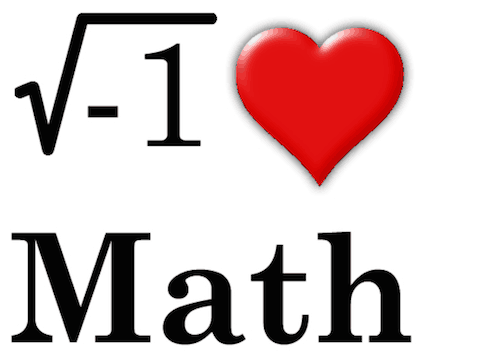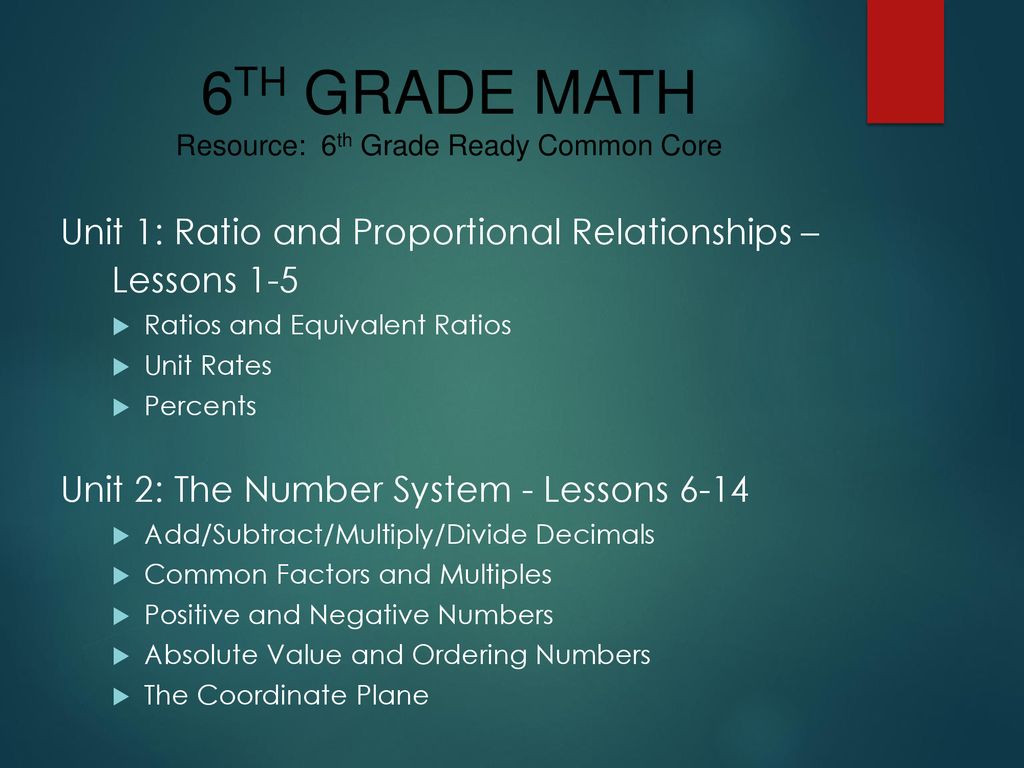Our free online Percent Calculator calculates percentages such as ratios, fractions, statistics, and percentage increase or decrease.
The calculations and formulas (press the '?' button) are calculated automatically as you type!
Learn the basics of percentages: How to Calculate Percentages
- Ratio And Unit Rates Worksheets
- Ratio And Unit Rates Practice
- Percent And Ratio 101
- Unit 6 Ratio And Percentwelcome
Improve your math knowledge with free questions in 'Find what percent one number is of another' and thousands of other math skills. Unit 3: Graphing Equations 26 Terms. Unit 2: Equations1 7 Terms. THIS SET IS OFTEN IN FOLDERS WITH. Boot Camp 22 Terms.
Ratio And Unit Rates Worksheets
is what percentage of ?

Save Time with your Keyboard
Our percentage calculator is perfect for anyone that wants to save time in calculating many different percentages as well as for anyone that is not good at math! To even save you more time we made sure that the calculations are automatically calculated as you type in the input boxes. Another way we have made it to save you time is, if you are using a computer, you can simply move from one input to the next by pressing 'Tab' on your keyboard and to move to the previous input press 'Shift + Tab' together on your keyboard! This makes it super easy and fast to move to each input without needing to use your mouse or cursor.
Ratio And Unit Rates Practice
Scientific Notation
If you are inputting numbers in the percentage calculator that result in an answer being very small or very large, the answer may appear in the format of scientific notation to fit inside the answer box. Scientific Notation is simply a number format that includes a multiplication of 10 to the power of either a negative number, for small numbers, or to the power of a positive number, for larger numbers. This method reduces the amount of digits and especially zeros needed to write in representing a number.
Some examples of scientific notation are shown below:
Example 1: Scientific Notation for Small Numbers
0.000027 = 2.7x10-5
Example 2: Scientific Notation for Large Numbers
270000 = 2.7x105 About power clock software downloads.
Formulas of calculations
The formulas of each of the calculations used in our percentage calculator can be seen by clicking the question mark, , next to each calculation. A video tutorial on using our calculator as well as a walk through of the calculations and formulas is shown here: Percentage Calculator Tutorial.
Lesson 1: Introduction to Percentages
What are percentages?
A percentage is another way of writing a decimal. Just like decimals, a percentage is a part of a whole. Basically, it's less than 1 whole thing, but more than 0.
We use percentages all the time in real life. For example, have you ever left a fifteen percent tip at a restaurant? Or bought something on sale for twenty percent off? Those are both percentages—15percent and 20percent.
Click through the slideshow to learn how percentages work.
Let's look at some more percentages from real life. In Introduction to Decimals, you learned that 25 cents is 0.25 of a dollar.
Another way to say this is that 0.25 cents is 25percent of a dollar.
What about two quarters, or fifty cents? That's 0.50, or 50percent of a dollar.
Three quarters would be 75 cents, or 75 percent of a dollar.
And four quarters, or 100 cents, would be 100 percent of a dollar..
And four quarters, 100 cents, would be 100 percent of a dollar..or one whole dollar.
Percent literally means 'per hundred', or 'out of a hundred'.
In our example, every dollar is made up of one hundred pennies, or 100 cents.
So you could say that each penny is equal to 1 percent of a dollar.
Let's look at another example. Let's imagine we cut a pizza into five slices.
Each slice is equal to one-fifth, or .20, of the pizza.
We know that one slice is equal to .20 because .20 + .20 + .20 + .20 + .20 = 1.00.
So we can also say that one slice is equal to 20 percent of the pizza.
We can use the percent sign (%) to write that as 20%.
Right now, we have one whole pizza, or 100% of the pizza.
What if we take away one slice? Now we have 80%. That's because we removed a slice, or 20% of the pizza.
What if we take away two slices? Now we have 60%.
Now we have 40% left.
Even though we have less than one pizza, we still have more than zero pizzas. We have a percentage of the pizza left.
Writing percentages
As you saw in the slideshow, every percentage has two parts: a number and the percentsign (%). When you write a percentage, you'll write the number first, then the percent sign. Let's try it! How would you write this percentage?
nine percent
First, we'll write the number, nine, and then the percent sign (%). So our percentage will look like this:
9%

Save Time with your Keyboard
Our percentage calculator is perfect for anyone that wants to save time in calculating many different percentages as well as for anyone that is not good at math! To even save you more time we made sure that the calculations are automatically calculated as you type in the input boxes. Another way we have made it to save you time is, if you are using a computer, you can simply move from one input to the next by pressing 'Tab' on your keyboard and to move to the previous input press 'Shift + Tab' together on your keyboard! This makes it super easy and fast to move to each input without needing to use your mouse or cursor.
Ratio And Unit Rates Practice
Scientific Notation
If you are inputting numbers in the percentage calculator that result in an answer being very small or very large, the answer may appear in the format of scientific notation to fit inside the answer box. Scientific Notation is simply a number format that includes a multiplication of 10 to the power of either a negative number, for small numbers, or to the power of a positive number, for larger numbers. This method reduces the amount of digits and especially zeros needed to write in representing a number.
Some examples of scientific notation are shown below:
Example 1: Scientific Notation for Small Numbers
0.000027 = 2.7x10-5
Example 2: Scientific Notation for Large Numbers
270000 = 2.7x105 About power clock software downloads.
Formulas of calculations
The formulas of each of the calculations used in our percentage calculator can be seen by clicking the question mark, , next to each calculation. A video tutorial on using our calculator as well as a walk through of the calculations and formulas is shown here: Percentage Calculator Tutorial.
Lesson 1: Introduction to Percentages
What are percentages?
A percentage is another way of writing a decimal. Just like decimals, a percentage is a part of a whole. Basically, it's less than 1 whole thing, but more than 0.
We use percentages all the time in real life. For example, have you ever left a fifteen percent tip at a restaurant? Or bought something on sale for twenty percent off? Those are both percentages—15percent and 20percent.
Click through the slideshow to learn how percentages work.
Let's look at some more percentages from real life. In Introduction to Decimals, you learned that 25 cents is 0.25 of a dollar.
Another way to say this is that 0.25 cents is 25percent of a dollar.
What about two quarters, or fifty cents? That's 0.50, or 50percent of a dollar.
Three quarters would be 75 cents, or 75 percent of a dollar.
And four quarters, or 100 cents, would be 100 percent of a dollar..
And four quarters, 100 cents, would be 100 percent of a dollar..or one whole dollar.
Percent literally means 'per hundred', or 'out of a hundred'.
In our example, every dollar is made up of one hundred pennies, or 100 cents.
So you could say that each penny is equal to 1 percent of a dollar.
Let's look at another example. Let's imagine we cut a pizza into five slices.
Each slice is equal to one-fifth, or .20, of the pizza.
We know that one slice is equal to .20 because .20 + .20 + .20 + .20 + .20 = 1.00.
So we can also say that one slice is equal to 20 percent of the pizza.
We can use the percent sign (%) to write that as 20%.
Right now, we have one whole pizza, or 100% of the pizza.
What if we take away one slice? Now we have 80%. That's because we removed a slice, or 20% of the pizza.
What if we take away two slices? Now we have 60%.
Now we have 40% left.
Even though we have less than one pizza, we still have more than zero pizzas. We have a percentage of the pizza left.
Writing percentages
As you saw in the slideshow, every percentage has two parts: a number and the percentsign (%). When you write a percentage, you'll write the number first, then the percent sign. Let's try it! How would you write this percentage?
nine percent
First, we'll write the number, nine, and then the percent sign (%). So our percentage will look like this:
9%
Try This!
Try writing the correct percentage in the box.
Reading percentages
When you read a percentage out loud, you'll need to read two parts: the number and the percentsign (%). Let's look at an example:
25%
25% is twenty five out of one hundred. We'd read 25% like this:
twenty-five percent
Sometimes percentages might have a decimal. For example:
7.5%
Here, 7.5% means we have seven-and-a-half out of one hundred. We'd read it like this:
seven point five percent
OR
seven and a half percent
You can read any percentage with a decimal point like this. How about 10.25%? That's ten and one quarter out of one hundred, so we'd read it as ten point two five percent, or ten and a quarter percent.
Try This!
Try reading each of the percentages below aloud.
Comparing percentages
Let's imagine you're shopping for apple juice. You find two different kinds—one contains 20% real juice, while the other contains 50% real juice.
Do you know which bottle has more real juice? Since both bottles are the same size, we can simply compare the numbers to see which percentage is larger.
50 is larger than 20, so 50% is a larger percentage than 20%. The larger the number next to the percent sign, the larger the percentage.
What about these percentages?
7% and 17%
Which is larger? Again, we'll look to see which number is larger. 17 is larger than 7, so 17% is a larger percentage than 7%.
Comparing percentages with decimals
What if you had to compare two percentages like this?
5.4% and 5.5%
At first glance, it might be difficult to tell which percentage is larger. Remember, this is just another way of asking, 'Which is larger, five and four-tenths of a percent or five and five-tenths of a percent?' Since the first number is the same for both fractions, we'll compare the numbers to the right of the decimal place.
5 is larger than 4, so 5.5% is larger than 5.4%.
What about these percentages?
Percent And Ratio 101
5.55% and 5.56%
Again, since the first number is the same, we'll compare the numbers to the right of the decimal place.
Unit 6 Ratio And Percentwelcome
56 is larger than 55, so 5.56% is larger than 5.55%.
/en/percents/calculating-percentages/content/
